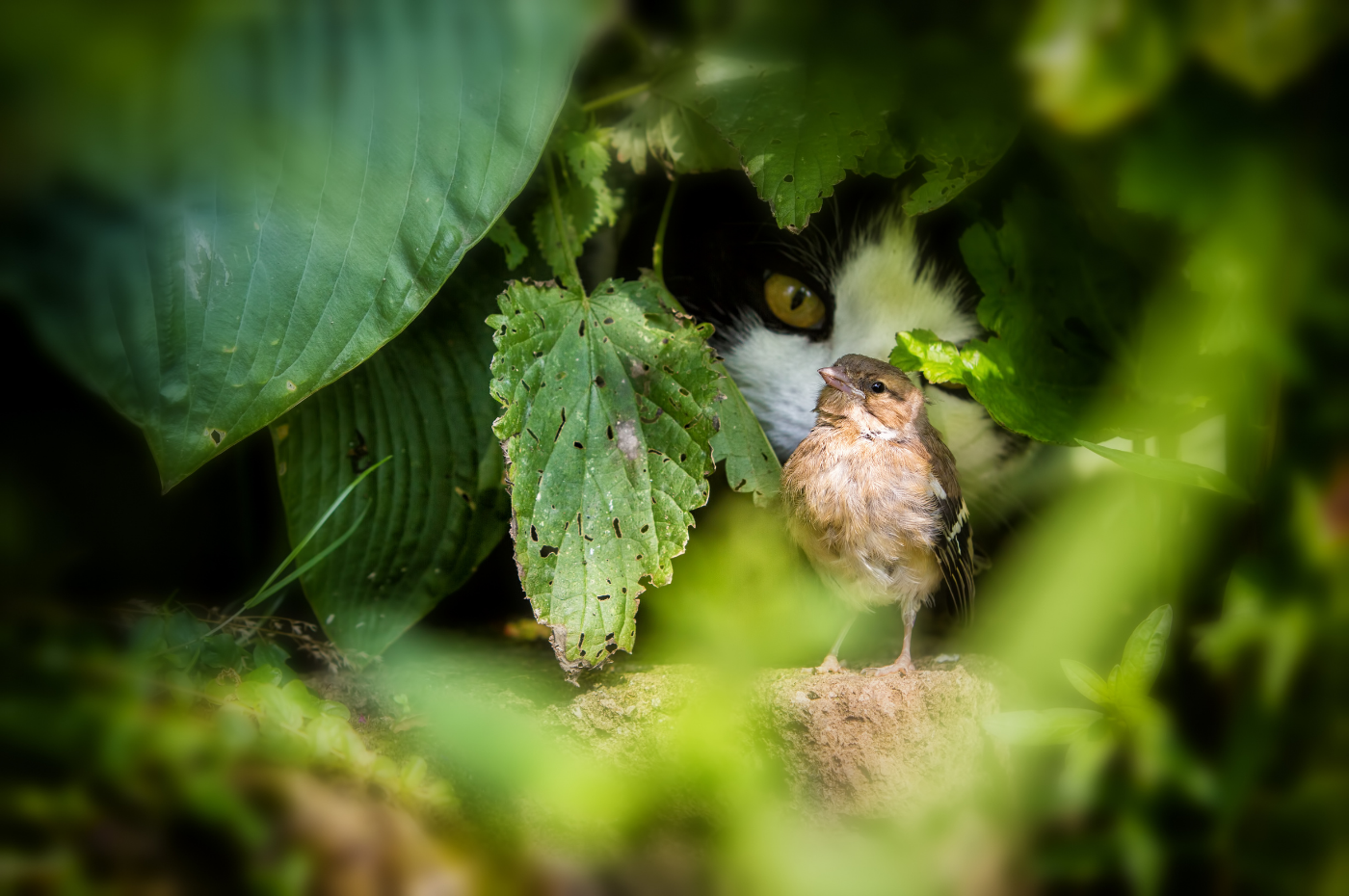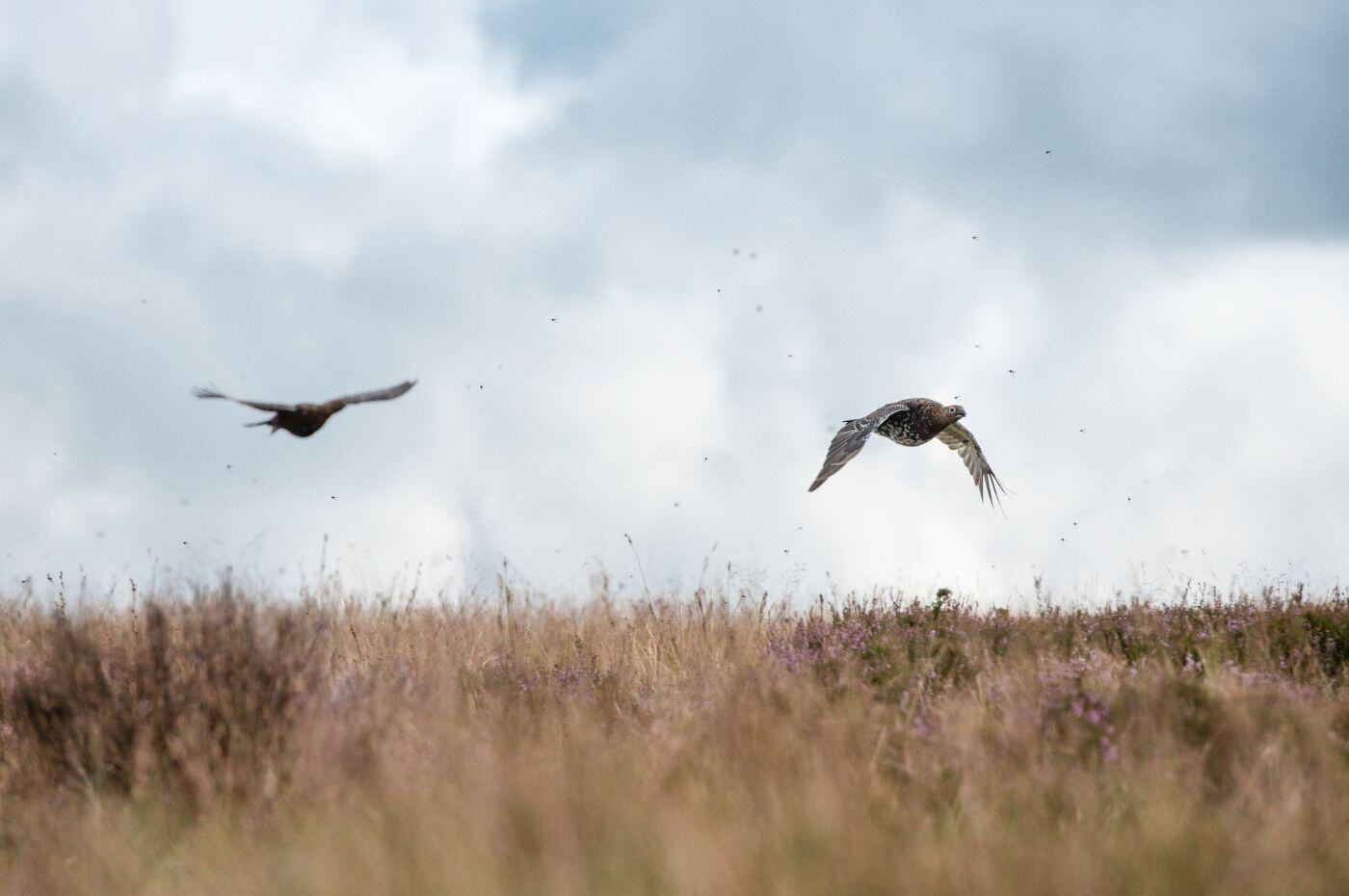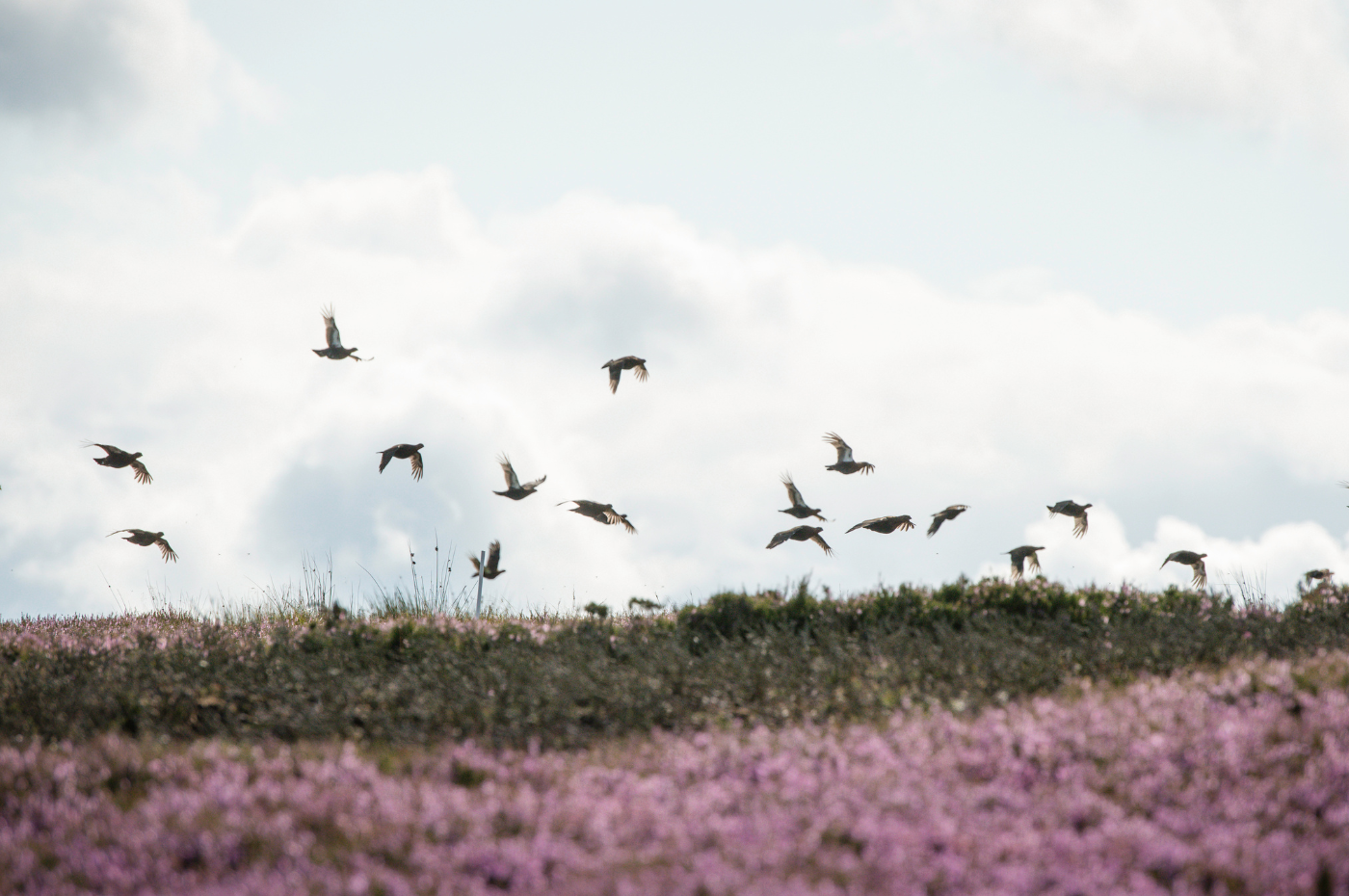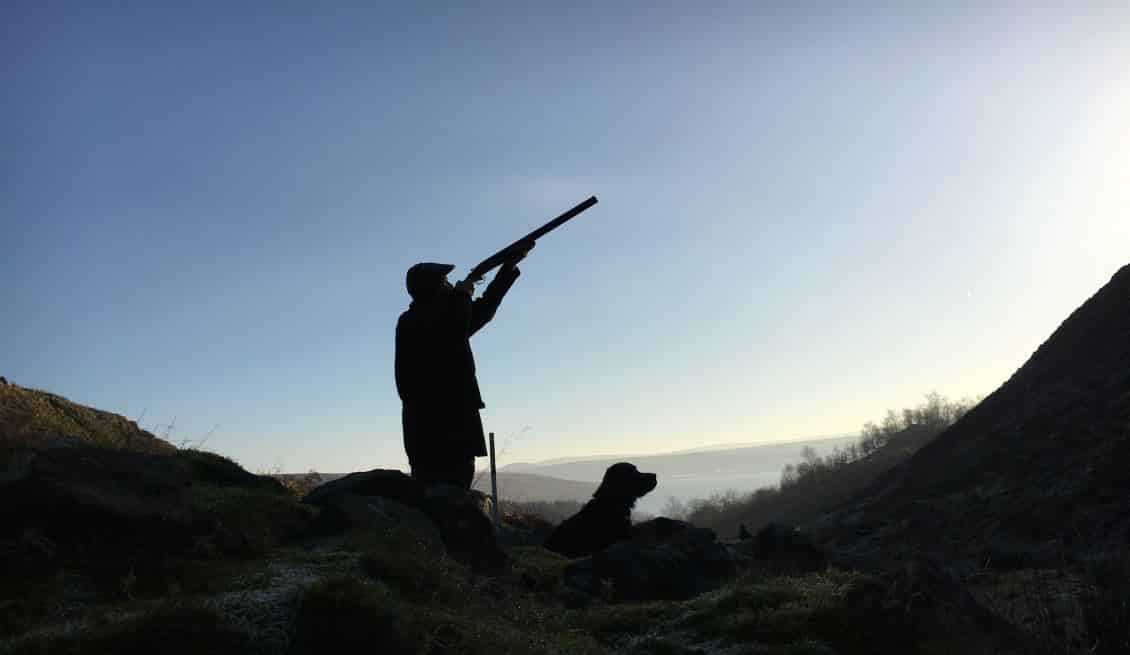Grouse shooting safe
Threats to shooting are coming thick and fast, but we are on the front foot,...
View Details
You may have seen excitable headlines this week suggesting that “households in Scotland could be banned from getting a pet cat” following the publication of a report by the Scottish Animal Welfare Committee (SAWC) on responsible ownership and care of domestic cats. As the cat lobby was whipped into a frenzy by the media, Scottish First Minister - John Swinney - issued a swift denial and distanced his government from the report, despite SAWC being a statutory adviser.
This was a great shame because the report makes some sensible suggestions to tackle the huge toll on wildlife taken by domestic cats and their impact on Scottish wild cats which have been driven to technical extinction by hybridisation with domestic felines. It notes research suggesting that the “number of wild prey killed [by cats] could reach at least 700 million vertebrates per year in the UK” and recommends ways to mitigate that impact.
One suggestion is that “new housing developments in rural areas could have a stipulation that cats may not be kept in conservation-sensitive areas/other areas that have not had high levels of predation, especially with red-listed or amber-listed birds/other species”. It was this sentence which seems to have generated the headlines about a ‘cat ban’, but from a conservation and welfare perspective it makes perfect sense. Anyone who has leased a house or flat knows that it is common practice for landlords to specify no pets, presumably for the benefit of the owner and neighbours. Why then should it be outrageous to have a no cat rule when vulnerable wildlife is at risk? The cat lobby’s objections, however, do not stop at a total prohibition.
The charity Cats Protection rejected any restrictions including keeping cats inside or even walking them on a lead, saying that “all cats should have the choice to access the outside world” as they “need to be able to perform natural cat-like behaviours if they’re to live happy, healthy lives”. As we know the most natural ‘cat-like behaviour’ is hunting and killing, so Cats Protection seems to be suggesting that the needs of cats outweigh any impact that they have. This is clearly nonsense, although unsurprising from a dedicated cat charity. What is less acceptable is the shameless cowardice of conservation organisations which refuse to address the damage cats do because they are so subservient to the cat lobby.
I have written before about the RSPB’s ludicrous position that there is no clear scientific evidence that the hundreds of millions of birds killed by cats each year is causing bird populations to decline. It was, therefore, no surprise to see an ex-RSPB employee popping up as the Advocacy and Influence Director of Cats Protection and calling the debate about cats’ impact on wildlife a “noisy distraction”.
If you are not willing to tackle hard questions like how to reduce the impact of cats on wildlife, or if you are simply going to deny they do any harm, then you are a protectionist, not a conservationist. Cats can be kept indoors, they can be walked on leads and they can not be kept at all. Closing down any discussion of any options to reduce the damage they do to wildlife is an abdication of our responsibilities. After all, it is humans who have introduced cats into the ecosystem.

Threats to shooting are coming thick and fast, but we are on the front foot,...
View Details
"Moorland management has survived two world wars and commercial forestry, but...
View Details
The Prime Minister’s recent reshuffle of his government will have significant...
View Details